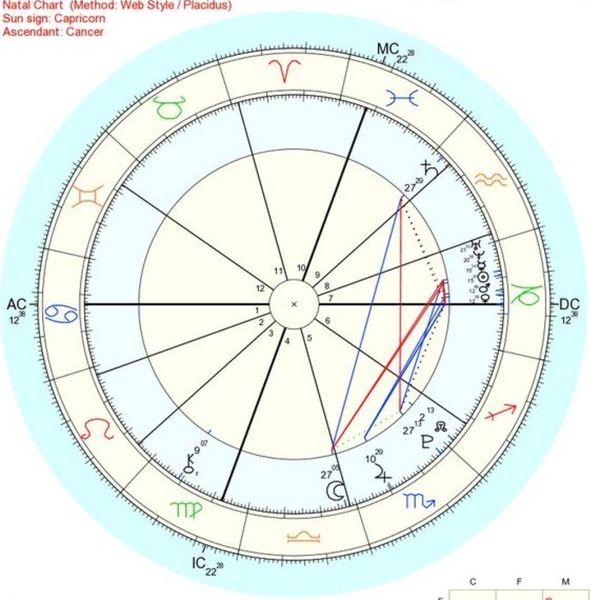On August 5th, 2011 the Juno spacecraft was launched from a rocket from Florida. It’s goal was to reach Jupiter by July of 2016 and orbit the giant gas planet 32 times, adding up to one whole year.
Juno is the first solar-powered spacecraft designed by NASA that has operated at such a far distance from the sun. In order to absorb as much light as possible, the surface area of solar panels is large. The overall span of the spacecraft is about 66 feet, putting the solar panels in continuous sunlight throughout the entire mission.
Goals
By sending the spacecraft into Jupiter’s orbit, scientists were hoping to uncover quite a bit of information about the planet.
The main goal of the mission was to understand the origin and evolution of how giant planets form and their roles in the formation of the rest of the solar system. By measuring and observing how much water is in Jupiter’s atmosphere, it will help determine how the planet formed. Looking further into the atmosphere as well, to measure the composition, temperature, cloud motions and many other properties will give insight into processes and environmental conditions of the planet. By observing the global structure and motions of the atmosphere below clouds for the first time, there could be notable variations that can be measured and compared.
(The above image shows the apparent collision point and differences in atmospheric conditions.)
The Juno mission also aimed to map Jupiter’s magnetic and gravity fields, which will reveal the planet’s structure, and explore and study the magnetosphere near the poles which will provide information about how the magnetic force affects the atmosphere.
Theories of Formation
Many theories of how the solar system formed, involves the collapse of a giant gas cloud and dust and material gathering together, which in the end collected to become the sun. Jupiter is much like the Sun, being made of mostly hydrogen and helium, therefore it is concluded that it must have formed early, possibly capturing the leftover Sun material.
It is unclear how it happened, but many theories regarding this process have been thrown around and discussed. A massive planetary core could have formed first and the gravitational pull could have captured all the gas, or an unstable region could have collapsed within a nebula, which triggered the formation of the planet. There are many different environments and processes that could have been present and occurred during these theoretical formations.
The composition and size of the gas giant also plays a significant factor and role in the formation and it’s current role and interactions in the solar system now. Jupiter’s mass has allowed it to hold onto it’s original composition, which provides us with elements throughout the solar system’s history. During it’s mission, by measuring the amount of water and ammonia in the atmosphere, Juno is able to determine if the planet has a solid core, which will directly help us understand the origin of Jupiter and Solar System.
In Jupiter’s atmosphere, hydrogen gas is squeezed under a large amount of pressure into a metallic hydrogen fluid. At these depths the hydrogen acts like a conducting metal, which is believed to be the source and cause of the planet’s magnetic field. This environment produces bright auroras. Juno will be able to directly sample the charged particles and magnetic fields near the poles for the first time, while observing the auroras.
Results
The first pieces of data sent from Juno to Earth included information about the surface containing Earth-sized polar cyclones, as well as storm systems that travel deep into the center of Jupiter, and a large magnetic field that may be very close to the surface. The presence of storms puzzled scientists on how they formed and why the poles of the planet aren’t similar. This could mean that there is a very dynamic system that could exist in stages and might not be present over the following year.

(The image shows Juno's views directly over Jupiter's south pole which contains many storms and cyclones currently active)
While measuring the magnetosphere, Juno indicated that the magnetic field is a lot stronger than what was expected, and even more irregular in shape. Data helped conclude that the magnetic field on Jupiter is about 10 times stronger than the strongest magnetic field on Earth. It was observed that the magnetic field is weaker and stronger in certain areas, which suggests that the field could be generated by an action closer to the surface above the layer of metallic hydrogen.
There is a lot more to uncover about Jupiter. The mission timeline states that the spacecraft will de-orbit into Jupiter in February of 2018. Over time, as Juno travels closer to the atmosphere, it will find and send us more information that will help scientists determine and understand all of the questions and goals they have proposed for the mission. The first steps have been taken to gather data and make observations to help push us in the right direction, and as the mission progresses hopefully the understanding of formation of the solar system and Jupiter will become clearer to us. These are only the first few bits and pieces of data sent to us, who knows what will be discovered and analyzed in the following months.






















